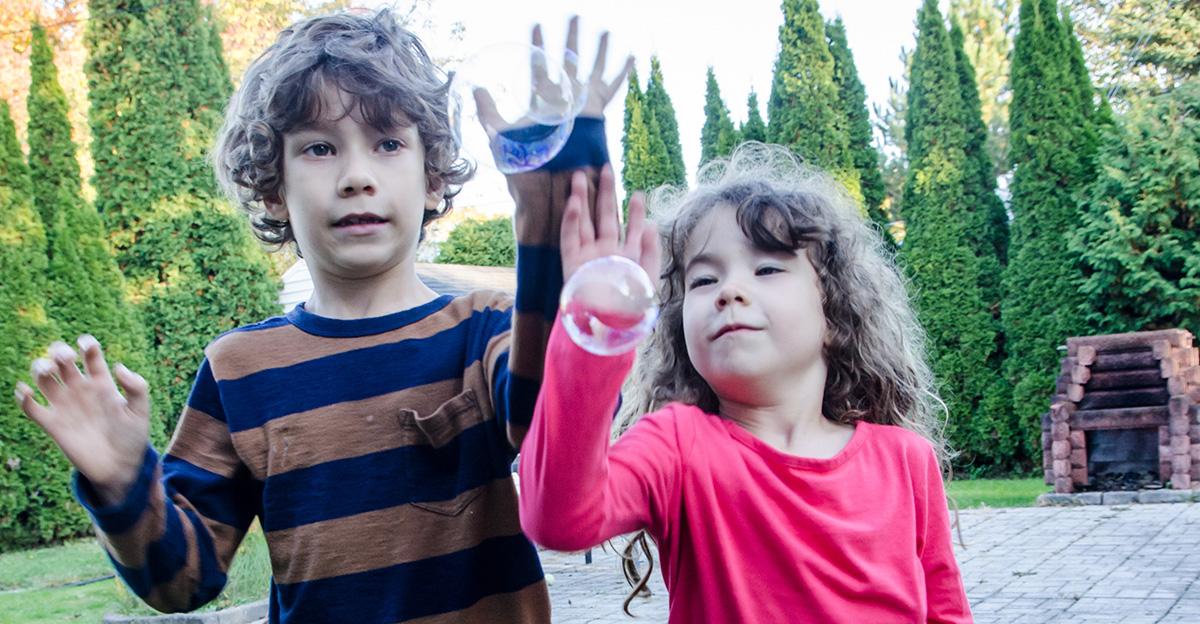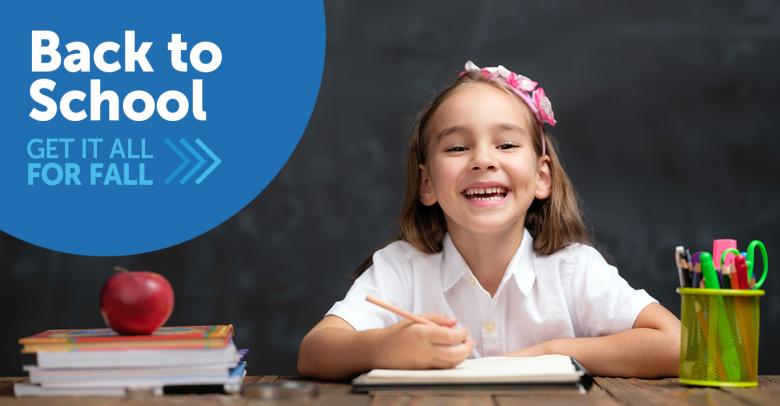Great educators, therapists, and parents know it takes a foundation of varied sensory activities to build strong fine motor skills. Here are a few of our favorite suggestions!
Encourage Crawling Activities!
Crawling activities help build strong proximal control (through the head, neck, and shoulders) to provide stability as a base of support. Building stability in the trunk and shoulder girdle area allows for good mobility in the hands, wrists, and fingers, which in turn equals strong fine motor skills, including handwriting. Try active play tunnels and have kids take turns pushing a weighted ball through the tube for extra heavy work input.
Add Visual Tracking Activities:
Students spend a lot of time on technology devices, from smartphones and tablets to e-readers and portable gaming devices. These require a complex integration of a number of vision skills, including visual acuity and fixation, binocular fusion, and convergence. For some children, this type of visual sensory processing is challenging, especially if there is not a strong foundation of eye coordination.
Games like I Spy, flashlight activities, keeping a balloon or beach ball up in the air, and tracking and popping bubbles are not new, but they still provide a good workout to build up eye coordination skills which likewise help support fine motor skill development. Our Sportime Fingerlight Balls have good “hang” time to allow easier and slower visual tracking than standard beach balls or balloons.
Build Strong Hand and Finger Muscles
Theraputty is a great way to give hands a workout. Hide manipulatives in the putty so children can practice pinch and push skills and build hand muscles. With the Theraputty Sample Pack, you get all six grades of resistance, from extra soft to extra firm.
Use a Variety of Media
Crayons, pencils, pens, and dry-erase markers are all good basic tools, but adding some variety can increase sensory input. Add dry gelatin to fingerpaint so that when the paint dries on the paper, your budding artists have a masterpiece that also has a scratch-sniff olfactory component. You could also try ice cube painting (see the video below) to add a chilly sensation to standard painting. For those reluctant pencil or crayon holders, try using a Squiggle Wiggle Pen as a warm-up tool, as the gentle vibration may help with deep touch pressure input to the writing muscles of the hand.
Allow Movement Activities First!
Our vestibular or movement sense gives input to certain parts of the brain that help regulate posture, balance, and coordination, as well as help us maintain attention and focus. Consider switching up routines to allow recess, after-school play, or quick classroom movement breaks first before moving on to fine motor activities like writing, homework, STEAM labs, or center time. Set a timer if transitions are a problem. Play first, then work!






Leave a Reply